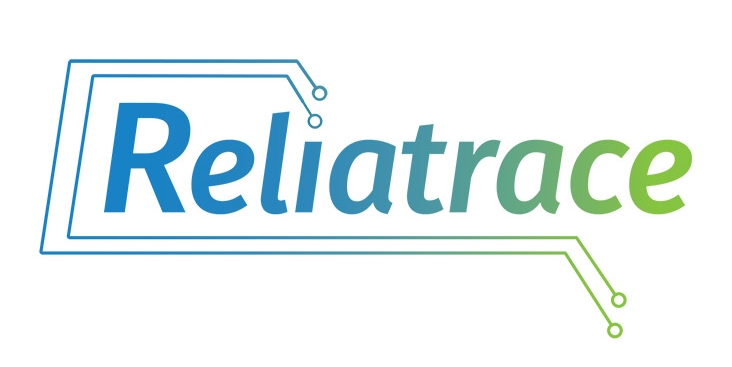Off-Road Construction Vehicle Maker Searches for Source of Membrane Switch Water Damage
The Problem
A leading manufacturer of off-road construction vehicles was frequently subjecting the control panel of their equipment to water from power spray, in addition to harsh environmental conditions. Over time, the control panels in their vehicles were beginning to malfunction and fail, leading to customer complaints and expensive returns and repairs.
The Challenge
It was critical for the manufacturer to first identify how moisture penetration was infiltrating the control panel, and second, redesign the membrane switch for more reliable protection against water damage. Additionally, the client hoped to achieve production and tooling efficiencies across their line of impacted vehicles, despite variation in the control panel layouts.
Upon initial evaluation, Reliatrace® engineers uncovered four significant issues making the circuitry in the control panel more susceptible to water damage:
An insufficient perimeter outside the active circuit area, with minimal space available for gasketing against moisture and chemical attack
Cross-over connections – inherent points of weakness in single-sided membrane switches – which are more prone to silver migration and subsequent electrical shorts
Poor registration between the graphic overlay and the underlying membrane switch, leaving gaps in the circuitry layers where moisture could ingress
A sub-optimal tail exit – located outside the perimeter seal – lacking critical protection against the harsh elements of its operating environment
An overarching source of theses field failures evolved from the single-sided construction of the membrane switch, a design type which limits the printing of traces to a single side of the circuit substrate. Not only does single-sided circuitry contain inherent points of weakness, this type of construction requires a larger circuitry footprint to achieve design requirements. Not suitable for harsh environments with frequent water or chemical spray, the single-sided circuitry in the control panel presented significant opportunity for improvement using Reliaswitch®.
The Solution
Employing our proprietary Double-Sided Polymer Circuitry (D/SPC®) technology, Reliatrace redesigned the membrane switch used in the control panel, greatly increasing its harsh environment durability. Reliatrace’s specialized screen printing process enabled the new Reliaswitch circuitry to be printed on both the top and bottom of the circuit substrate. Connecting traces with vias, Reliaswitch replaced the inherently weaker cross-over connections used in the previous single-sided design.
how does reliaswitch work?
For a detailed explanation of the Double-Sided Polymer Circuitry (D/SPC) technology used in Reliaswitch, please visit our Proprietary Technology page.
Because the Reliaswitch technology doubled the design space available on the circuit substrate, Reliatrace was able to:
Decrease the circuitry footprint, allowing adequate space in the outer perimeter for a robust gasketing solution, designed and manufactured to NEMA 4X / IP66 standards
Cover the tail exit with a complete perimeter seal against water and chemical penetration, eliminating any channel for water to enter the switch cavity
Significantly tighten the registration between the graphic overlay and the underlying membrane switch, reducing the risk of moisture penetration and simultaneously increasing the consistency of the actuation force
Provide a similar circuit pattern for the various control panel layouts across the entire line of impacted equipment, reducing tooling and production costs
The Results
After implementing the new membrane switch design, the customer experienced a dramatic reduction in field failures. Not only did they enjoy cost savings from production efficiencies, they also cut losses due to equipment repairs and returns.





